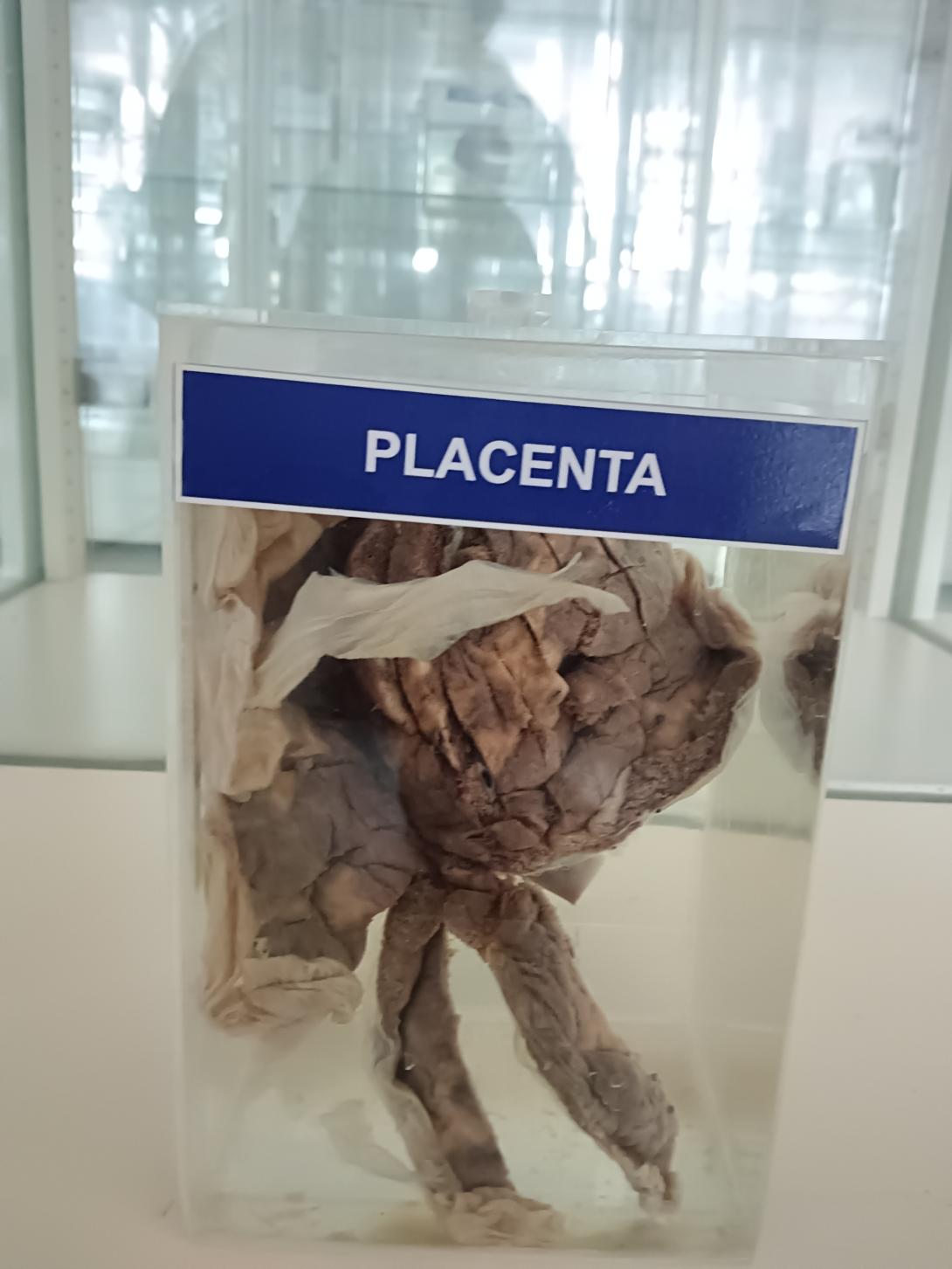The placenta is an organ that develops during pregnancy to provide oxygen and nutrients to the developing fetus and remove waste products. Here are some anatomical points and clinical aspects of the placenta:
Anatomical points:
- Shape: The placenta is a disc-shaped organ that is approximately 20 cm in diameter and 2-3 cm thick.
- Location: The placenta is usually located on the upper or posterior wall of the uterus, near the fundus.
- Maternal surface: The maternal surface of the placenta is divided into lobes or cotyledons, which are connected by septa.
- Fetal surface: The fetal surface of the placenta is smooth and covered by the amniotic membrane.
- Blood vessels: The placenta contains two main blood vessels - the umbilical artery and vein - which connect the fetus to the placenta and allow for the exchange of nutrients, oxygen, and waste products.
Clinical aspects:
- Placenta previa: This is a condition where the placenta implants in the lower part of the uterus, covering the cervix. It can cause bleeding and may require a cesarean delivery.
- Placental abruption: This is a serious condition where the placenta separates from the uterus before delivery, which can cause bleeding and compromise fetal oxygen supply. It may require an emergency delivery.
- Placenta accreta: This is a rare condition where the placenta implants too deeply into the uterine wall and can cause bleeding and difficulty removing the placenta after delivery.
- Placental insufficiency: This is a condition where the placenta is unable to provide enough oxygen and nutrients to the fetus, which can lead to fetal growth restriction and other complications.
- Placental pathology: The examination of the placenta after delivery can provide valuable information about the health of the mother and fetus, and can help diagnose conditions such as infection or fetal distress.
Rack Number
Specimen Number
48

